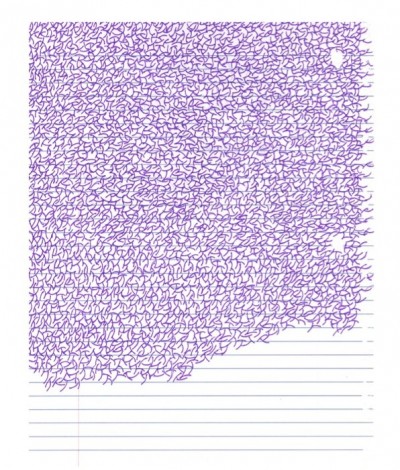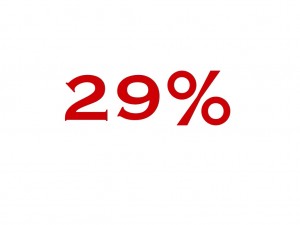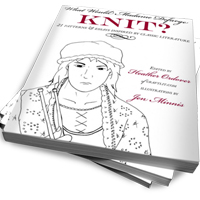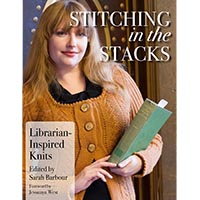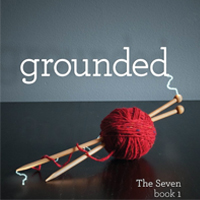Chapter 3.2—The Study
Tuesday’s post was great, right?
Lots of research to back-up what you already knew.
Today I’m going to share with you my Holy Grail.
Full disclosure: I’m not the only interested party to have been looking for proof of what we already knew: that doing something automatic with our hands helped us to pay better attention (and remember more of what we heard) in meetings and on phone calls. We knew it but most of us had no proof we were right.
Until 2009.
There are other sites devoted to the therapeutic nature of knitting. I’m certainly not the first to have searched for this particular Grail. But it seemed too important to me to just sit on this information and all of the research I found, waiting to be invited somewhere else to speak. I hear too many horror stories from people who were discouraged from knitting or doodling in meetings, kids told not to doodle in class, conference calls spent ripping hair out because someone had told someone else that you couldn’t crochet and pay attention — and that kind of backward thinking just drives me nuts. (My college roommate told me I had an “overdeveloped sense of injustice.” She was right.)
So today, I have even more good news for you—and a chance to see that Holy Grail.
* * *
Even though the first set of researchers we talked about in the last post found lots of negative effects of the human-50%-of-the-time-mind-wandering-brain thing, they eventually started to look for and find specific upsides.
Future thinking and creative thinking (more on those next week) seem to be a benefit of non-spontaneous mind-wandering—and the wonderful part is that knitting encourages exactly that sort of purposeful mind-wandering!
As does Doodling.
Without knowing it one woman has become the Knitter’s Patron Saint.
She is
Jackie Andrade in the School of Psychology at the University of Plymouth, in the UK.
In 2009 she published a paper in Applied Cognitive Psychology called What Does Doodling do?
In the study she found that people subjected to a really, really boring phone message could do and remember more about the task they were given. They’d been told to listen to a 2-½ minute phone message and write down the names of the people who were coming to a party. The control group was told just that. The doodle group was also told to shade in circles on a piece of paper “because the message was so dull”.
The answer she found is that Doodling like this
—not necessarily like this—
—may reduce spontaneous daydreaming, that nasty uncontrolled shift, that uncoupling from the thing to which you’re supposed to be attending.
So, what kind of benefit did the doodling provide?
How much more did the doodlers remember?
TWENTY-NINE PERCENT MORE than the control group.
Nearly 30% better than the poor schmoes who weren’t allowed to doodle.
Just think of what that means for knitters, crocheters, and doodlers!
And bosses!
And bosses of knitters!!
And teachers of fidgeters!!! (more on that later, too)
And on a personal level, that means that what Shawn Achor talked about—about keeping yourself happier and keeping that dopamine flowing, was also a byproduct of this! And that led me straight back to Erica and her story years ago on Knitty and the famous blanket in Like Water For Chocolate. We think these things are isolated events or clever storytelling, but they’re tapping into something deep in our psyche, something that appears to be hard-wired into some of us.
Automatic hand motions that are productive and do not take up too much of our brain’s bandwidth (by needing to pay attention with our eyes and ears) are good for us in that they keep the Dopamine flowing (which makes us happier, better workers) and keep our attention where it should be (by limiting the spontaneous de-coupling of attention which would otherwise lead to fidgeting and a downturn in mood as well as inattention).
Some people don’t need to do this, sure.
But some of us do.
And now, if you are one of us, you have a site you can point to and say, “hey? Let’s try an experiment. Let me knit in the next meeting and ask me questions afterwards and lets see if I don’t remember everything.”
Just, you know… don’t do that and bring an Orenburg to work on.

